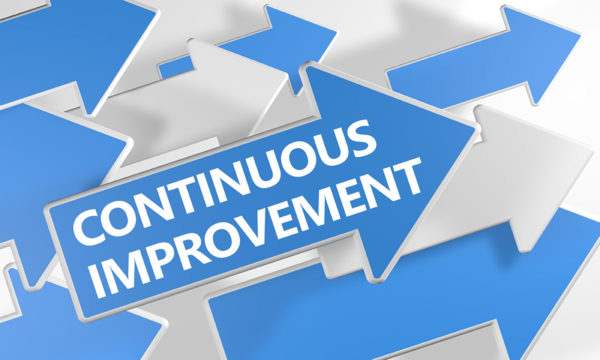Here’s my recipe for how to succeed in direct response fundraising.
FYI: anybody worth their salt is endlessly repeating steps 3 through 5. And they’ve used their learning to get better at all types of fundraising – not just direct response.
Step #1
Develop a point of view that’s based on the best data you have available, or based on data from someone with market experience, at scale, that you trust.
This is hard for Fundraisers starting at smaller shops. But there’s more good info available today than at any point in fundraising history. There are quite a few people working to share the data and “point of view” that used to be available to only a privileged few. Erica Wassdorp, Jeff Brooks, Lisa Sargent, Tom Ahern, Mike Duerkson and Jen Love and John Lepp immediately spring to mind.
To give you an example of how much this has changed, I asked my mentor many times why he didn’t write a book to share all that he knew. His response was always, “Why in the world would I give to my competitors all of the knowledge we worked so hard to learn?”
My attitude is that it’s the right thing to do to make this information more available to smaller nonprofits, and that it’s not a zero-sum game.
Step #2
Apply your point of view in your fundraising practice. If your results consistently outperform previous results for your organization, your point of view is more accurate than the point of view that was previously used.
This means you have to practice for a while. And you have to track results. You build and test your point of view over time.
And some points of view absolutely work better than others.
Step #3
If you get new data that seems to contradict your point of view, investigate that data to see if a) it applies to your situation, and b) stands up to scrutiny.
Things go sideways on this step all the time.
First, you must actively be looking for or testing for new data. No “leaning back” here; you have to lean in.
Second, when new data arrives, you must always ask whether the new data applies to your situation/context and is a good next step. In my experience, this often goes awry when smaller orgs apply learnings from bigger orgs that don’t apply to them. For instance, Bill Jacobs at Analytical Ones helps medium and large nonprofits create “statistical models” that help the nonprofit know who to mail each appeal letter to. It’s an incredible tool, but the “appropriate next step” for most small organizations is probably to start using standard RFM segmentation instead of “mailing every name in our database.”
Third, does the “data” stand up to scrutiny? A lot of studies get published in our industry that report what donors say they are going to do. I pay almost no attention to what donors say they are going to do because there’s often a huge difference between what they say they will do and what they actually do. Humans’ predictions of what they think they will do in the future are not nearly as helpful as data about what they’ve actually done in the past.
Step #4
If needed, update your point of view.
If the contradicting data applies to your situation/context, and the data stands up to scrutiny, then you need to update your point of view.
Step #5
Stay on the lookout for new data.
This is hard for people who don’t work at a fundraising agency, or don’t work at a nonprofit that runs tests. Thankfully, there’s more information publicly available than ever before. Here’s what I recommend to get some of it:
- Subscribe to blogs that are data-based and share test results
- Cultivate friendships with people who do testing
- Get on mailing lists where testing results are occasionally shared, like SOFII
- Pay attention to other fields, like psychology and behavioral economics – for instance, I’ve learned a lot about fundraising from Brené Brown, and Annie Duke’s Thinking In Bets, and Seth Godin’s The Practice – even though none of those books are about fundraising
As I said earlier, the professionals I respect are always on the lookout for new data. I’d describe myself as a person who “lives in fear of finding out that there’s a better way to do something than what I currently recommend.”
Data that proves you wrong just shows you that there’s a stronger, more complete point of view out there for you to develop.
As you build and refine your point of view, do it consciously. Take notice when you’re wrong. Take notice when you’re right.
And then magically, after years of practicing, you’ll be able to help nonprofits of all kinds do even more of their world-changing work.





